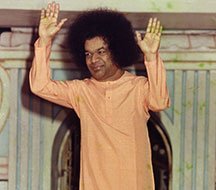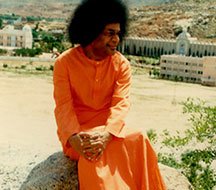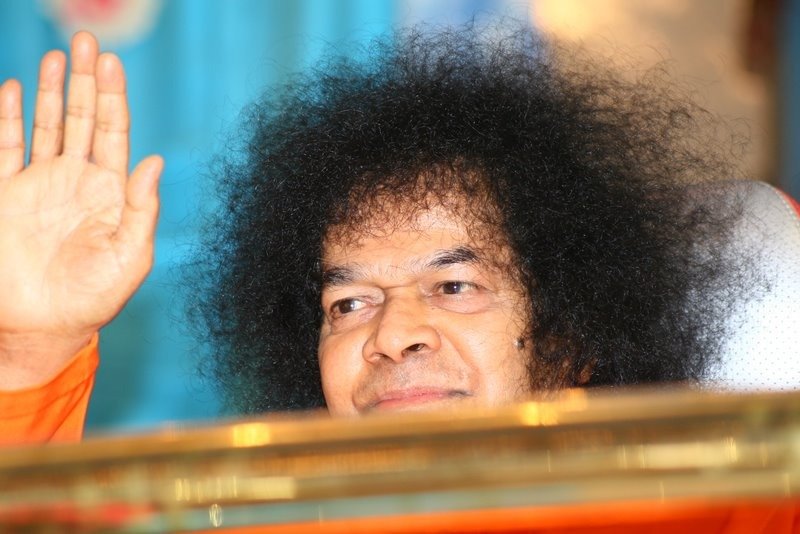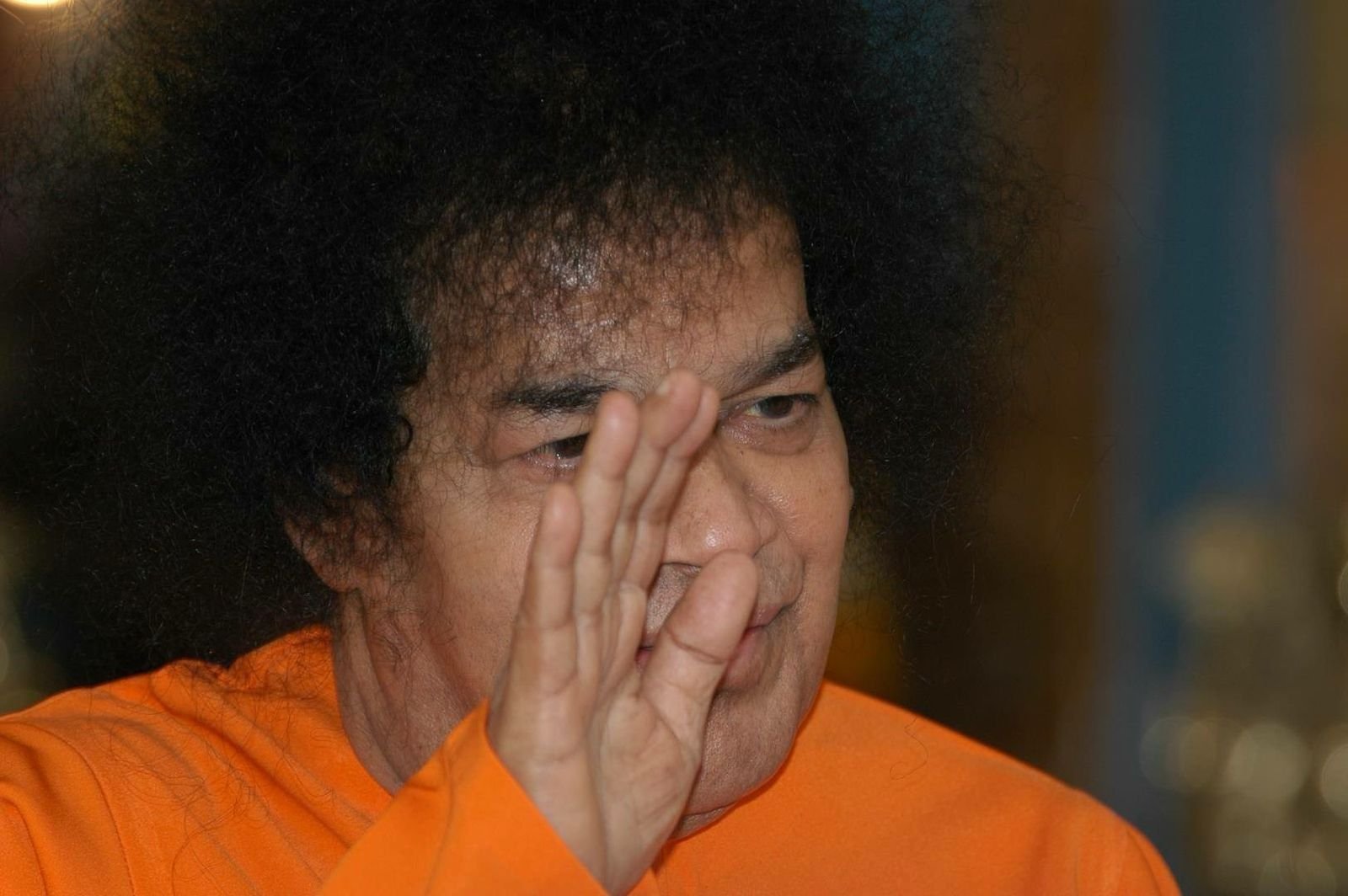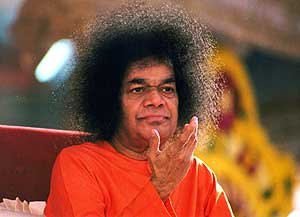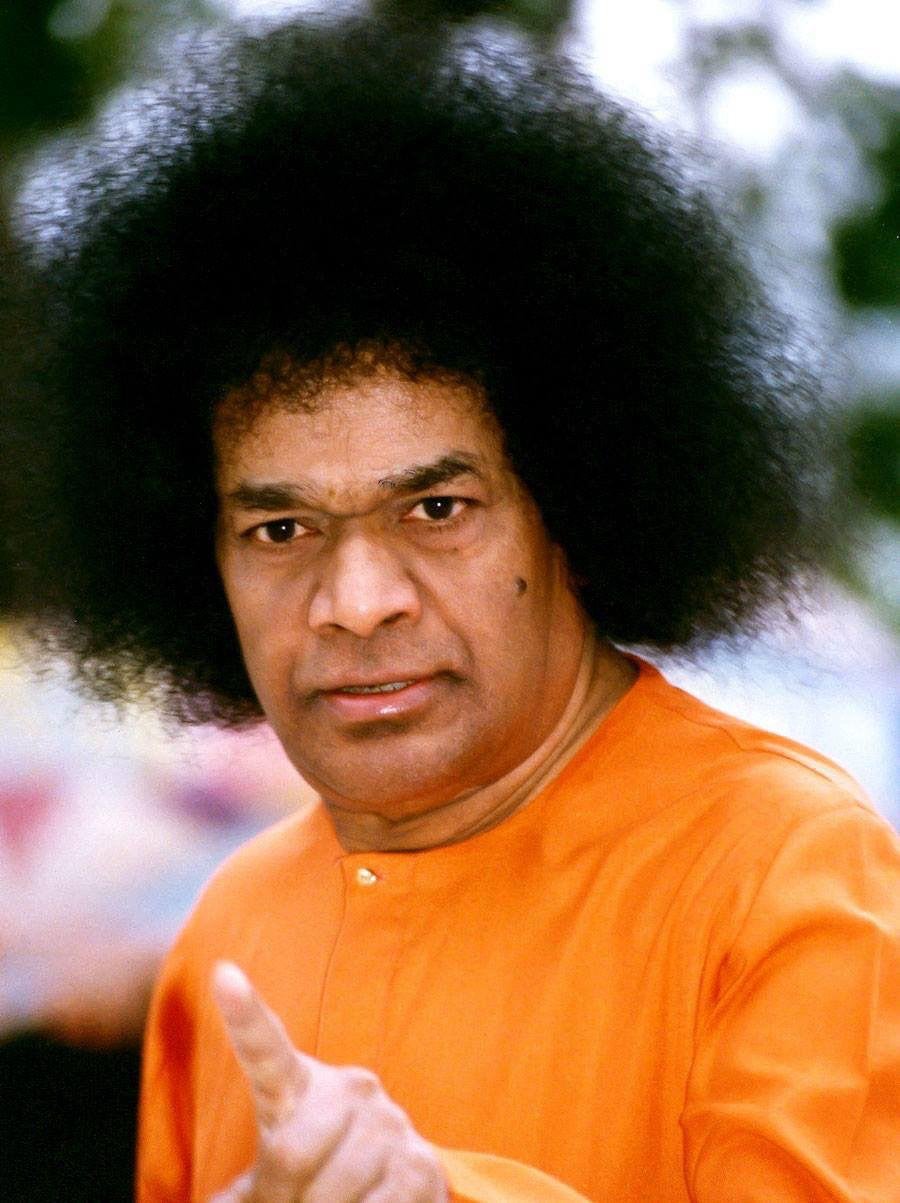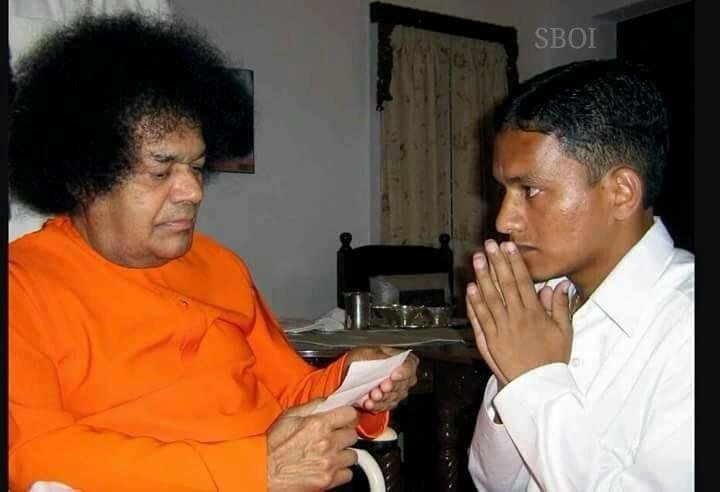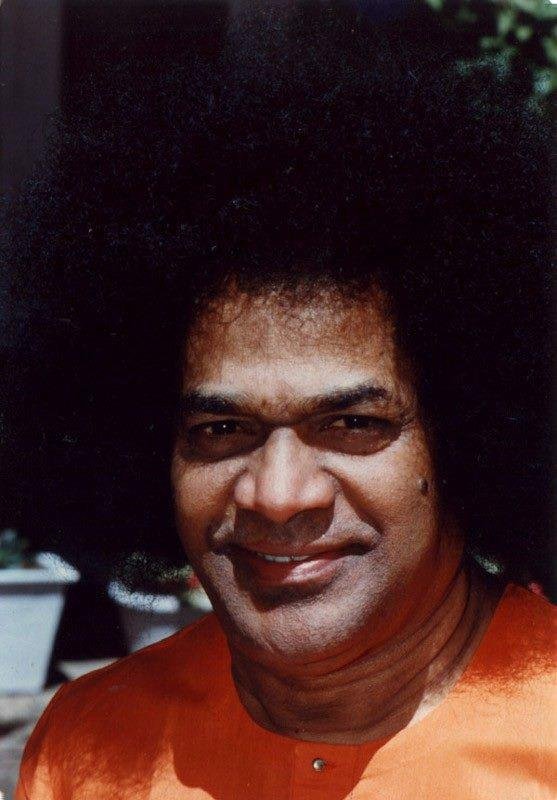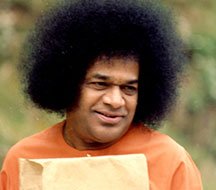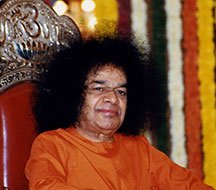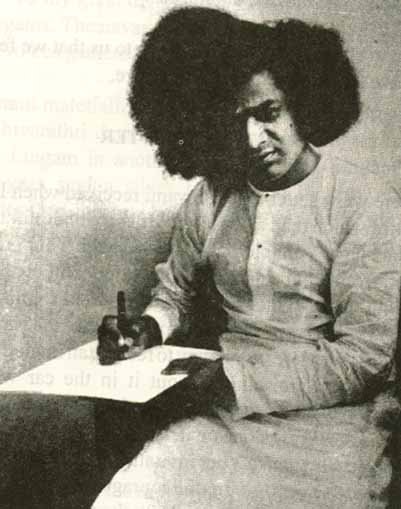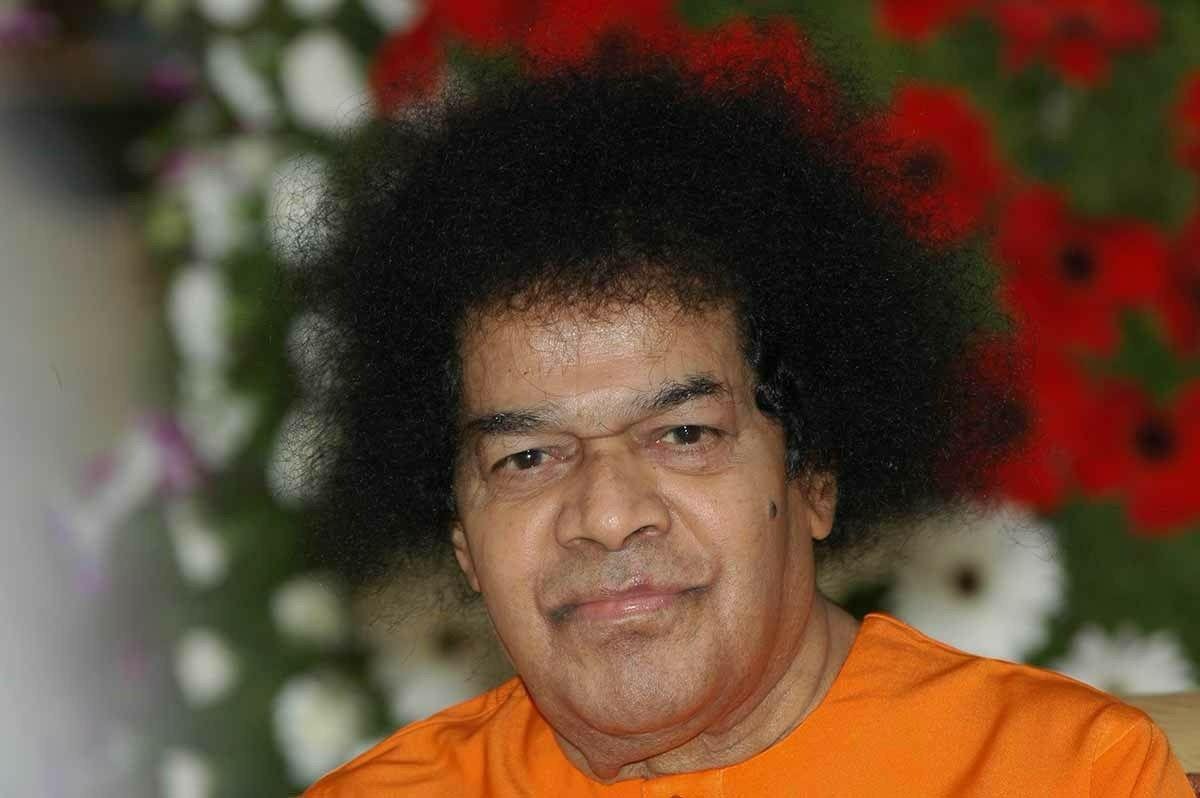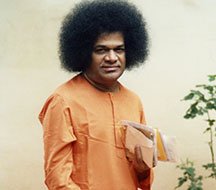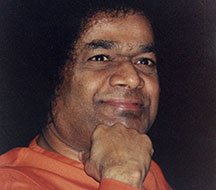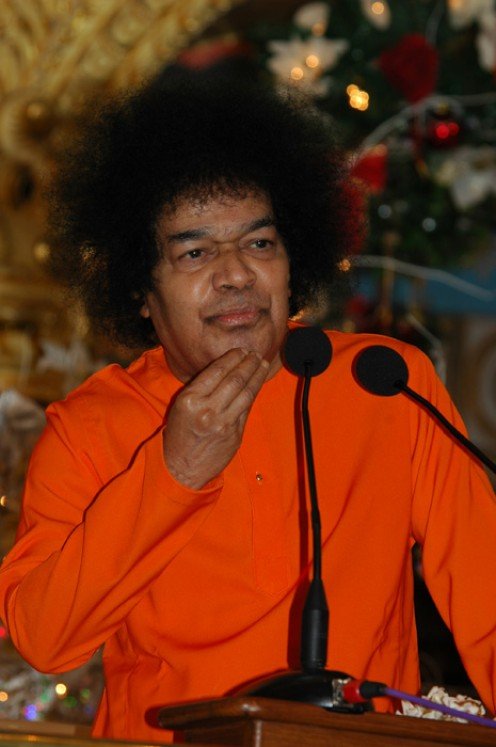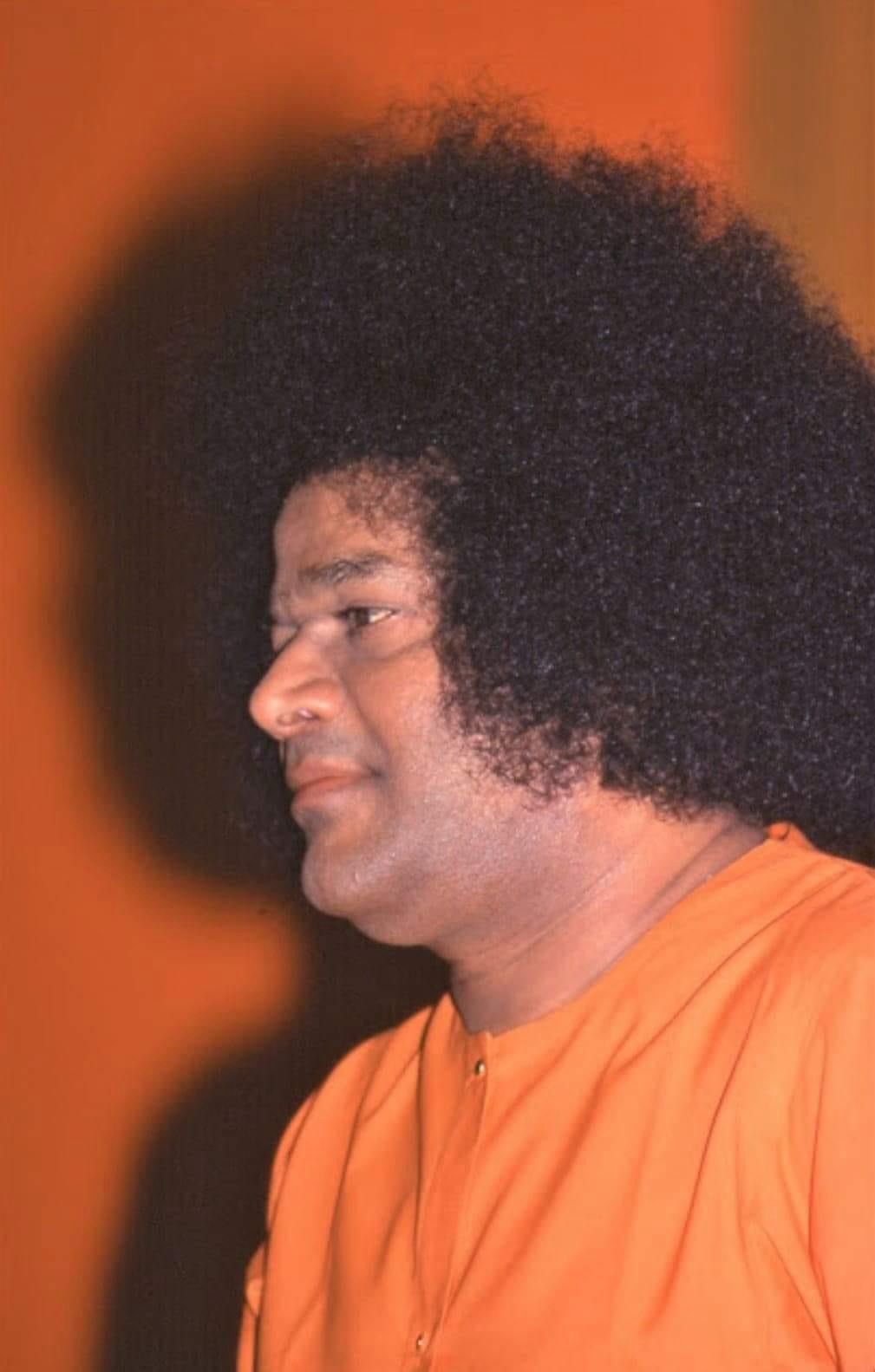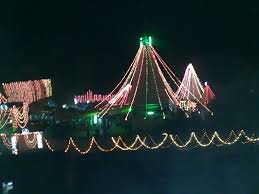
Carved from a single basalt rock, it’s one of the oldest surviving structures in Pune, maintaining a solemn spiritual presence in the urban core.

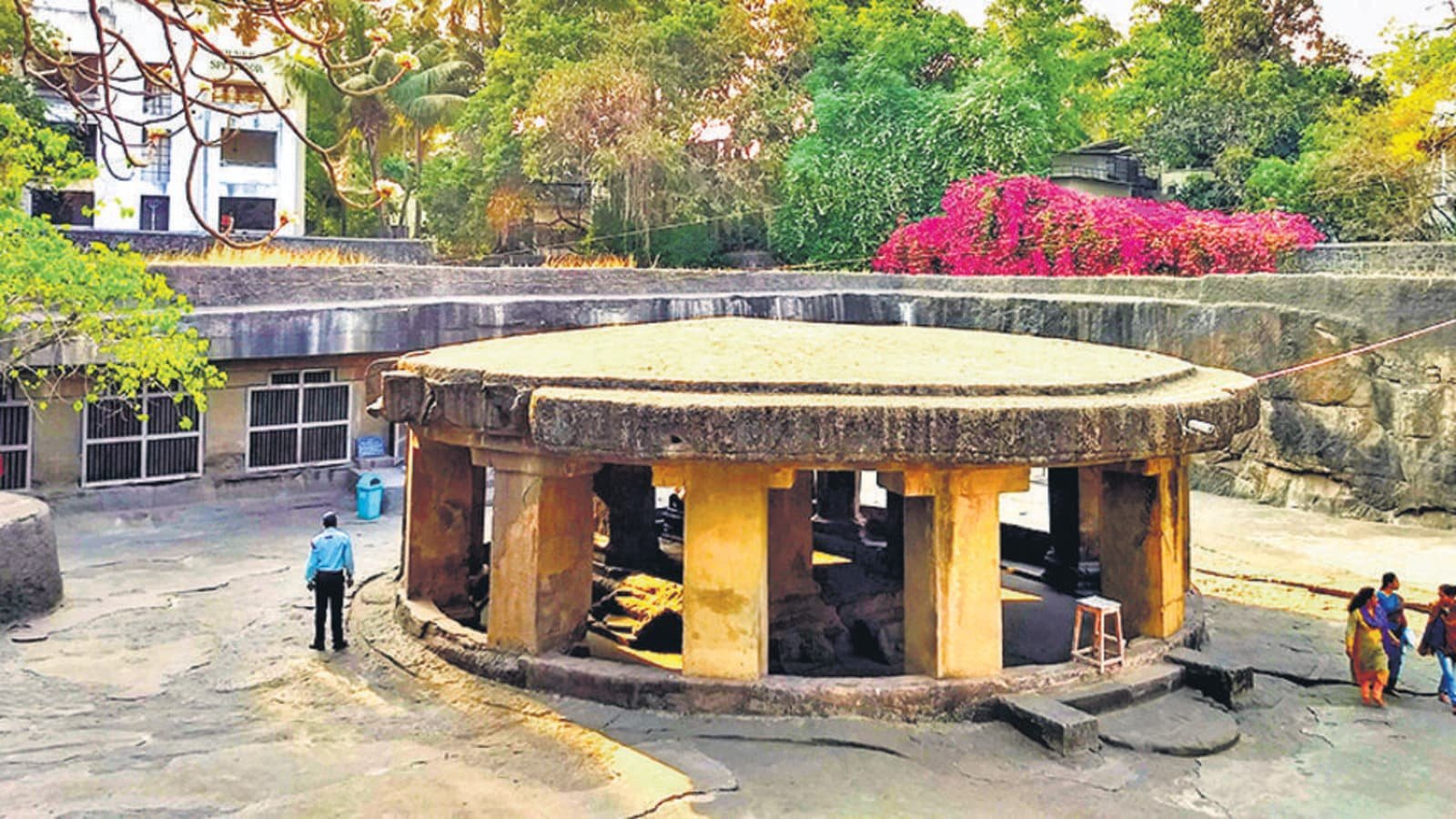

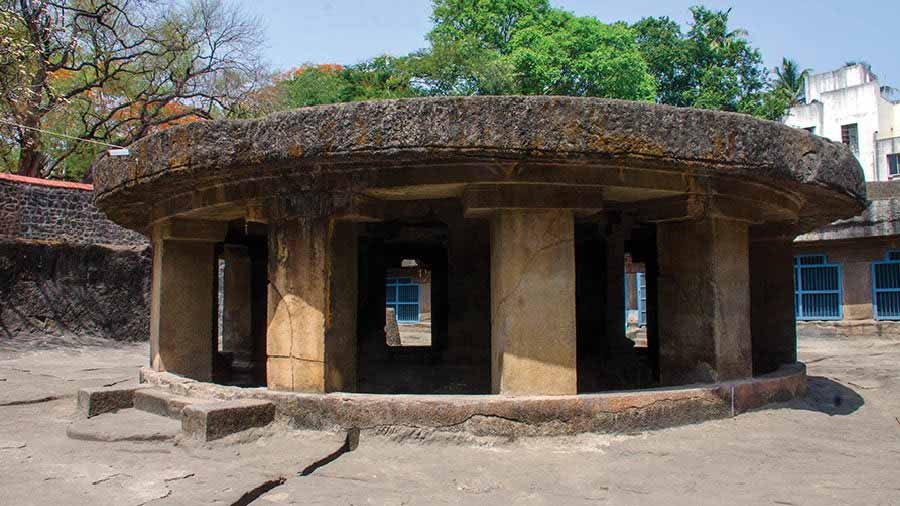


Architecture of the Temple
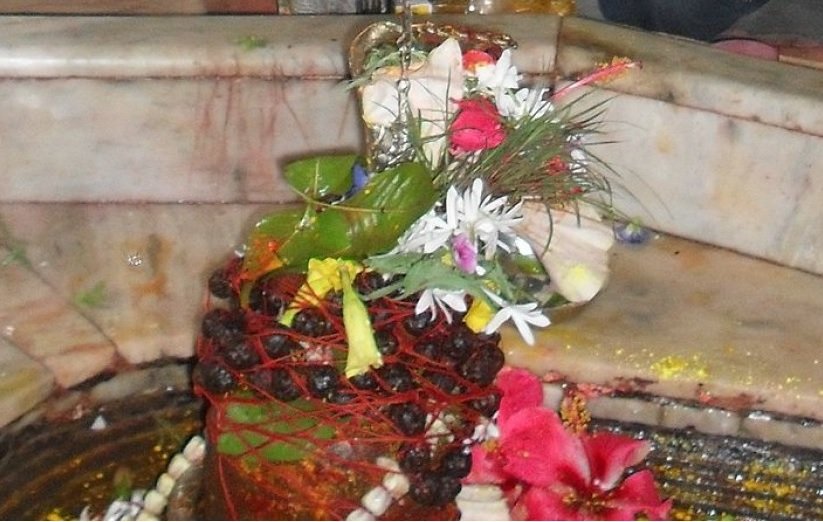
Monolithic Design: Entirely excavated from solid basalt rock, including sanctums and pillars.
Sanctums: There are three cave shrines—originally intended for Brahma, Shiva, and Vishnu. Today, the central shrine honors Shiva, with Parvati and Ganesha in the adjacent two.
Nandi Mandapa: A striking circular pavilion with a carved Nandi bull at the center, supported by stone pillars—unique to this temple.
Pillared Hall & Circumambulation: A spacious mandapa leads into the cave, surrounded by a pradakshinapatha (circumambulatory path).
Unfinished Sections: Certain areas were left incomplete due to fault lines in the rock or interruptions in construction, offering a glimpse into the ancient building process.
Reliefs & Carvings: While many sculptures have weathered over time, traces remain of deities like Saptamatrikas, Gajalakshmi, Tripurantaka, Anantasayi, and scenes like Lingodbhava
How to Reach to Temple
Location: Situated on Jangli Maharaj Road, Shivajinagar, Pune—the very heart of the city.
By Train/Air: Just a few minutes from Pune Junction railway station; Pune Airport is also well connected, followed by a short cab or auto ride.
By Road: Easily accessible by auto-rickshaw or local bus from across Pune
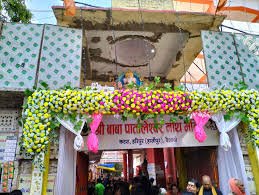
Temple Timings


